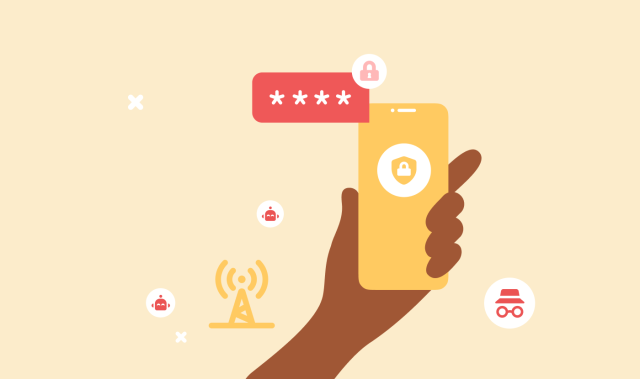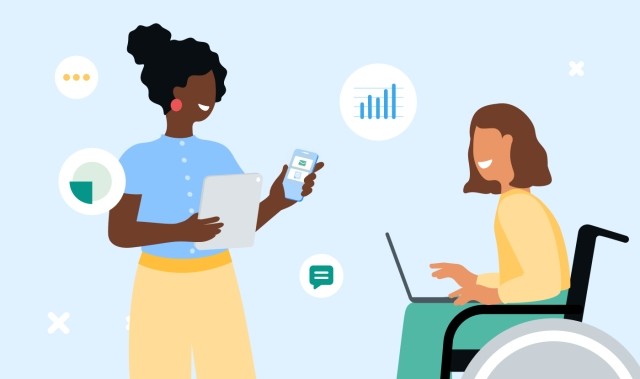In this article:
Today everything from banking to shopping or paying a utility bill is enacted digitally. And as consumer preferences have shifted to online and on mobile interactions, so have their expectations of how they want those experiences to take place.
CPaaS has met this expectation head on. Its influence on the communications market has been dramatic.
In terms of enterprise communication, it’s fair to say that the consumer mindset has changed from accepting a one-way interaction – like requesting a bank balance via text for example – to an expectation that they can interact with enterprises, in the moment, on the platform of their choice. Interactivity has shifted gears. Consumers want to personally interact with enterprises and get the answers they want instantly – via a two-way conversation.
The ability to provide that interaction, where and on what platform the consumer wants, contextually, is increasingly critical to business success. The two-way conversation has become a buzzword for customer service.
For example, it’s never been easier to switch energy firms. Price is just one factor that influences the decision process, but arguably more influential is customer service. How effectively does my energy company talk to me? How quickly can I get the answer to my bill inquiry? Where is my taxi? Have you got this sweater in my size, in blue?
A trip to the bank to wait in line, or calling a utility provider to be placed into a frustrating telephone queue (but remember, your call is important to us) is increasingly unacceptable.
There’s plenty of evidence to suggest that for most enterprises it’s difficult to keep up this growing expectation, yet it is critical. Consumers want a positive experience, not just a transactional relationship with the brands and companies they engage with.
And remember, a good customer experience is a primary way for a business to stand out from its competitors.
Smart enterprises saw this coming. Skipping back a few years, many responded by implementing omnichannel communications strategies – different communication channels working together through a single platform.
Generally, this meant that email and SMS synched with call center screens over complex architectures, so that operators and customer service managers had at least a single view that linked customer service conversations.
Yet smartphones mean that today we are all continuously connected to each other. Contextual, real-time interaction has become the key to building stronger customer relationships across multiple channels and platforms. Where the options used to be voice, SMS and email, now there are chat apps, push notifications and chatbots powered by Artificial Intelligence (AI).
Building an IT infrastructure in-house that captures all of this is a complex task, and for most enterprises hugely expensive and unpractical.
Legacy customer service systems and communication platforms are making it difficult for enterprises to cope with the moving target of consumer expectation. Email is no good if consumers never look at their inbox, and how useful is SMS if the consumers you are trying to reach prefer chat apps like WhatsApp?
There are other challenges too. Applying contextual rules that let you know which channels users prefer, and how to ensure seamless, customer led communication between those channels for example.
As a result, enterprises are turning to CPaaS platforms, which enable developers to add real-time communication features (voice, video and messaging) to their own applications without needing to build backend infrastructure and interfaces. And because it’s based on the ‘as a-service’ model, CPaaS can scale quickly to provide integration with multiple communication channels via a single API.
From a user point of view, there’s a huge benefit. Imagine a customer is on a retail app and wants to ask a question. Without CPaaS, she would have to exit the app to make a call or send an email. With CPaaS, she can simply tap to start a live chat with an advisor, in-app or online, and choose from a variety of channels, including SMS, or in-app video calling to do it.
Keeping the consumer engaged prolongs the experience, and is more likely to result in a sale or satisfactorily resolve a customer service issue – everyone wins.
Early CPaaS growth has been initiated by agile, digital first players who have used it to roll-out disruptive services that typically prioritize customer service (good communication) as a differentiating feature. Ride-sharing app, Uber for example touts six ways that its customers can contact them for help, blending in-app support with web, SMS, email, bots and humans.
And if consumers like a service, they are happy to discuss it and recommend it to friends. The advertising industry calls this conversation ‘earned media’. A recent Nielsen report suggests that the number one reason people trust a company is based on “recommendations from people I know.”
Now, traditional enterprises, conscious that disruptors are beating them on the key battleground of customer service, are turning to CPaaS to keep up.
If you want to find out more about how CPaaS is shaking up the customer service space, take a look at the first in our series of 4 eBooks: Enterprise CPaaS, The Customer Service Imperative.



